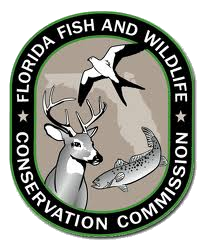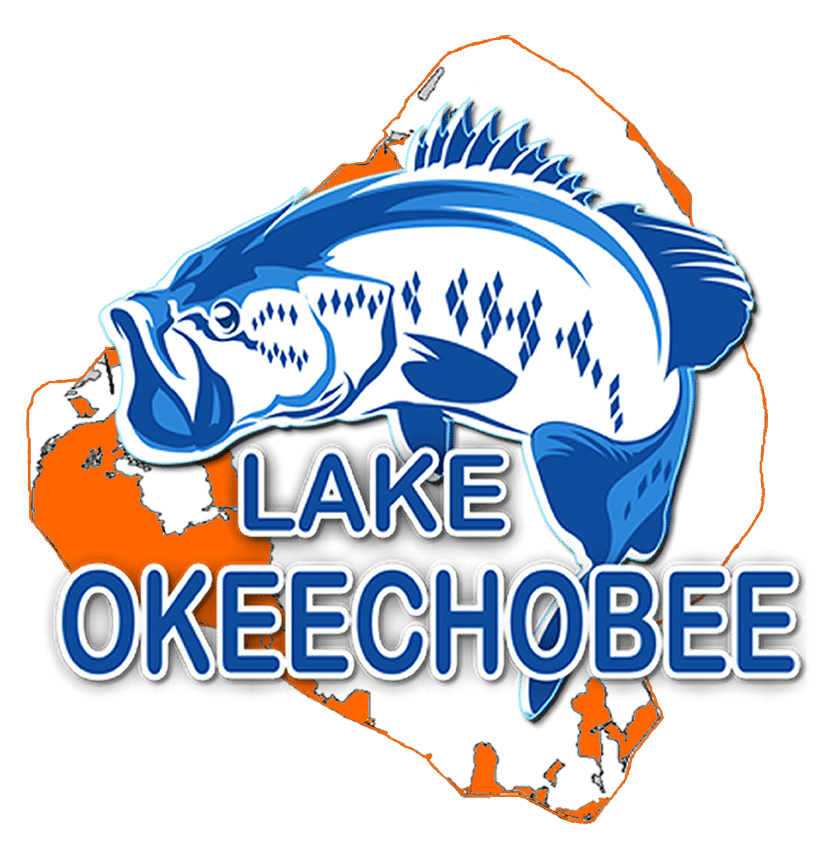Lake Okeechobee Catch & Release Laws
 Lake Okeechobee, including Harney Pond Canal (C-41) north of S.R. 78 to water control structure S-71; Indian Prairie Canal (C-40) north of S.R. 78 to water control structure S-72; all of Taylor Creek and Nubbin Slough; C-38 Canal/ Kissimmee River south of water control structure S-65E to S.R. 78, and C-41-A Canal, from the intersection of the C-38 Canal upstream to the S-84 structure, Okeechobee County:
Lake Okeechobee, including Harney Pond Canal (C-41) north of S.R. 78 to water control structure S-71; Indian Prairie Canal (C-40) north of S.R. 78 to water control structure S-72; all of Taylor Creek and Nubbin Slough; C-38 Canal/ Kissimmee River south of water control structure S-65E to S.R. 78, and C-41-A Canal, from the intersection of the C-38 Canal upstream to the S-84 structure, Okeechobee County:
Black bass less than 18 inches in total length must be released immediately;
Crappie (speckled perch) less than 10 inches in total length must be released immediately.
General Statewide Florida Bag and Length Limits
Special bag and length limits apply to some lakes like Okeechobee, (see Special Limits listed above). Other fishes considered to be nongame fishes have no bag or possession limits, except as noted in individual Fish Management Area regulations. (Note: Total length is the maximum length of the fish, with the mouth closed and the tail fin pinched together. The best way to obtain this length is to push the fish’s snout up against a vertical surface with the mouth closed and the fish laying along a tape measure, then pinch the tail fin closed and determine the total length. Do NOT pull a flexible tape measure along the curve of the fish.
Illustrated instructions on measuring fish and estimating weight are also available from our fish identification and biology page.
Possession limit is two days bag limit. It is illegal to transport or possess more than two days bag limit of fish per licensed angler without a commercial license. Exceptions are fish legally acquired from aquaculturists (fish farmers) for use in aquaria, for brood stock, pond stocking or properly marked for the market. Fish may not be filleted nor their head or tail removed until the angler is finished fishing for the day to allow confirmation of measurements. Non-native fishes, except for peacock bass and triploid grass carp, should not be returned to the water and should be consumed or disposed of properly. No freshwater fish or their eggs may be taken or possessed except as permitted by these rules nor shall anyone wantonly or willfully waste the same.
5 Black bass (largemouth, Suwannee, spotted, and shoal bass, individually or in total), only one of which may be 22 inches or longer in total length.
In south Florida (see map): only one bass maybe 14 inches in total length or longer.
South and east of the Suwannee River (see map): black bass less than 14 inches in total length must be released immediately.
In the Suwannee River (see map), areas north and west of the Suwannee River, and in any tributary river, creek or stream of the Suwannee River: black bass less than 12 inches in total length must be released immediately.
50 Panfish including bluegill,
25 Black Crappie (speckled perch).
20 Striped bass, white bass, and sunshine bass (individually or in total), of which only 6
In the Suwanee River, areas north and west of the Suwannee River, and in any tributary, creek or stream of the Suwannee River: the bag limit for striped bass is 3, each of which must be at least 18 inches in total length (20 fish combined bag limit).
Butterfly peacock bass, only one of which may be 17 inches or longer in total length. (NOTE: It is illegal to possess grass carp or alligator gar without a permit.)
“Some Websites talk about Customer Satisfaction – we back it with our award-winning; No Fish – No Pay Policy.”
